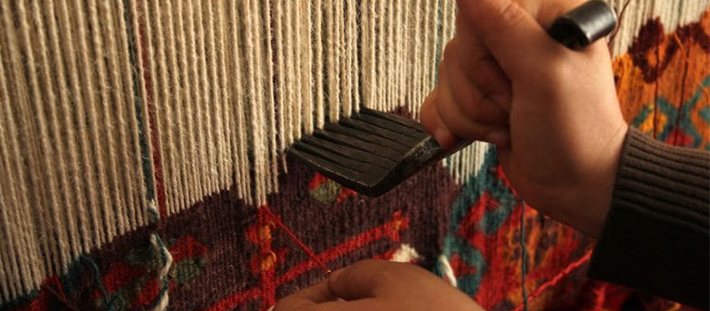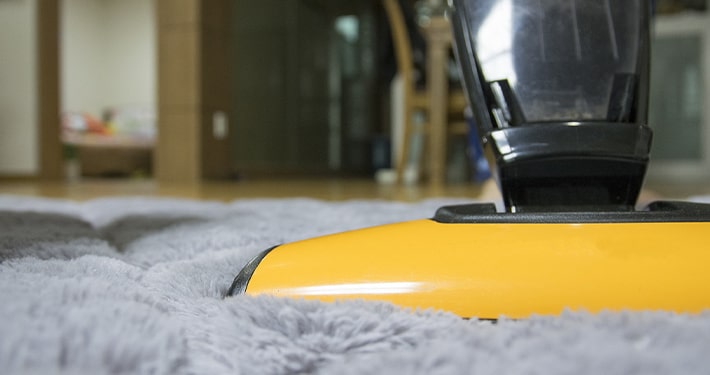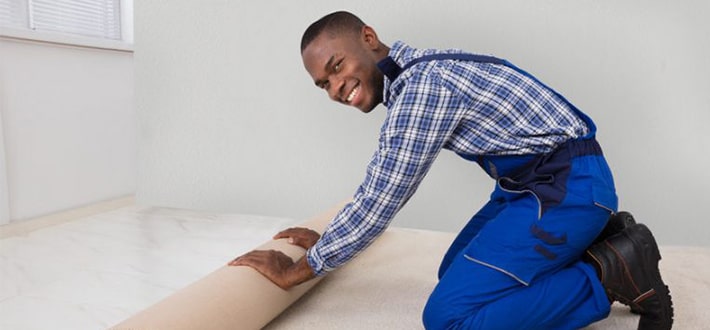Most of us look at our homes as an investment, and this is true whether it is a free-standing home, apartment, condominium or even a long-term rental. After all, our homes are filled with items that we feel work together to give the space that perfect, personal and home-like feel or definition. That is why we also invest in furniture, electronics, and décor that appeals to our esthetic. Rugs are part of that investment, and particularly Oriental rugs and handmade rugs. As one expert has said, “A handmade oriental rug is the ultimate travel trophy, but if you do not want to be ripped off, it helps to know what to look for.”
We agree, and with that in mind, we offer the following rules for buying a hand-knotted rug successfully.
#1 Know What Hand-Knotted Means
Can you answer the question of “what is a hand-knotted rug?” If no, you are at risk for making a bad choice when buying a rug of that kind. So, a hand-knotted rug is one in which a weaver ties every single, individual knot in order to create the amazing design or pattern in that rug. This is different from hand-weaving and even hand-tufting. Tufting is done point by point, too, but it uses a tool that punches the yarn through the fabric. It can give a similar look but is done much faster and does not yield the same, long-lasting quality.
Hand-knotted rugs are made on special looms and the knots are tied along the vertical threads, known as the warp threads. It is always the warp threads that become your carpet’s fringe at each end. The “weft” is made of the horizontal rows of knots tied to the warp threads, and every single knot is tied twice.
#2 Be Familiar with Knots
Did you know that there are three, common, types of knots used in making hand-knotted rugs? There are and being able to recognize them can help you make the best choice when buying any hand-knotted rug. They include:
- Persian knots – Open to one side, it results in a lighter rug and is used to create curvy and floral patterns.
- Turkish knots – Flip over the rug and you’ll see that ever knot has two bumps on the backing, like a double knot.
- Jufti knots – Also called false knots, they are tied around four of the warp threads instead of two, and this results in a lower quality rug.
#3 Know the Materials
As you might know, hand knotted rugs can be made of silk, wool or a blend of both. They are never made of synthetics, and if you find them without clear descriptions of the materials, it is a rug to avoid.
Any hand-knotted rug is going to take many days to make, with most requiring upwards of a month to complete. Many take multiple months, and this only increases their value. If you know how to determine the type of knots, the authenticity of the materials and the actual origins of the rug, you can make the best choices.






